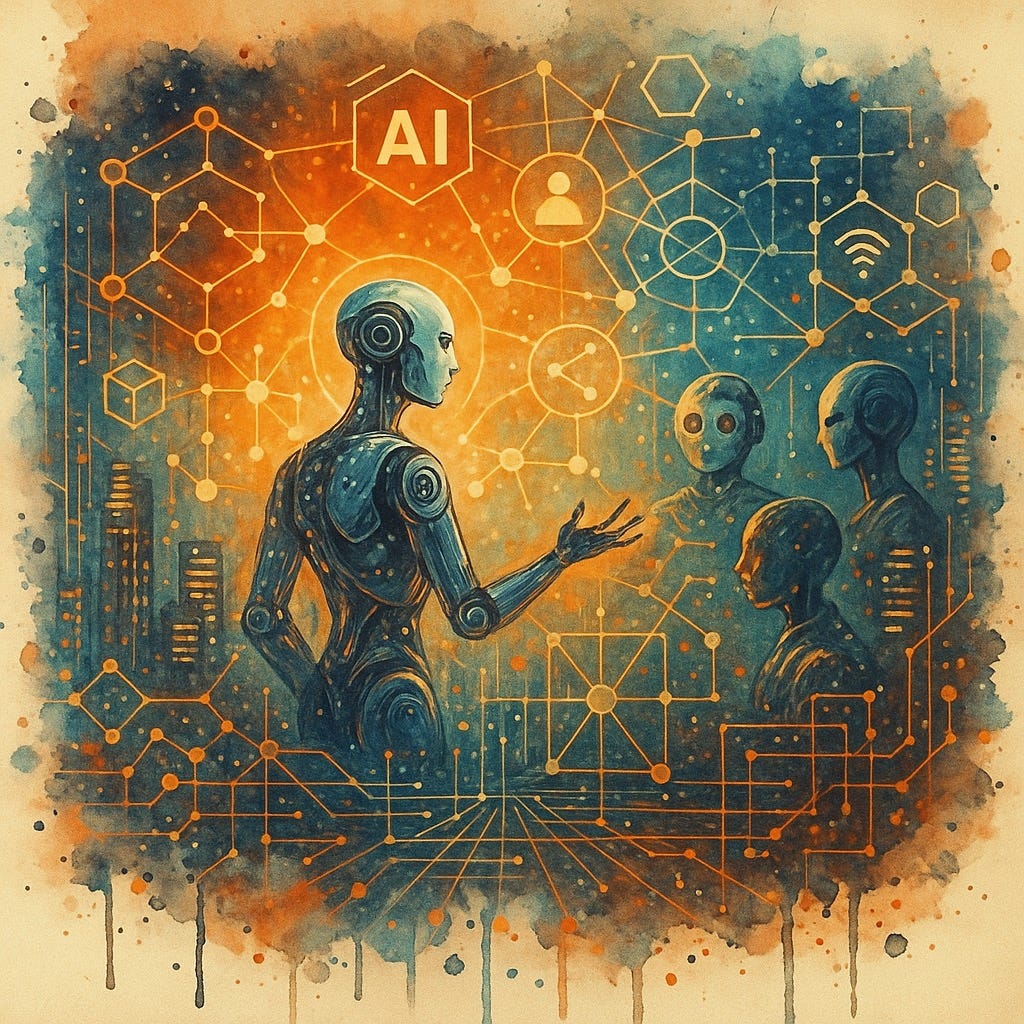Google’s A2A Protocol: Teaching AI Agents to Talk to Each Other
The Breakdown: Google just launched the Agent2Agent (A2A) protocol, an open standard designed to enable AI agents from different vendors and frameworks to collaborate and exchange information across enterprise platforms.
This initiative is backed by over 50 technology partners, including Atlassian, Box, Cohere, Intuit, Langchain, MongoDB, PayPal, Salesforce, SAP, ServiceNow, and Workday, as well as leading service providers like Accenture, BCG, Capgemini, Cognizant, Deloitte, HCLTech, Infosys, KPMG, McKinsey, PwC, TCS, and Wipro.
The goal? To create a future where AI agents, regardless of their underlying technologies, can seamlessly collaborate to automate complex enterprise workflows and drive unprecedented levels of efficiency and innovation.
The Details:
Open Protocol: A2A is built on existing standards like HTTP, SSE, and JSON-RPC, making it easier to integrate with existing IT stacks businesses already use daily.
Secure by Default: Designed to support enterprise-grade authentication and authorization, with parity to OpenAPI’s authentication schemes at launch.
Support for Long-Running Tasks: A2A is flexible and supports scenarios where it excels at completing everything from quick tasks to deep research that may take hours or even days when humans are in the loop. Throughout this process, A2A can provide real-time feedback, notifications, and state updates to its users.
Modality Agnostic: Designed to support various modalities, including audio and video streaming.
Real-World Application: In a hiring scenario, a user can task their agent to find candidates matching specific criteria. The agent then interacts with other specialized agents to source potential candidates, streamlining the candidate sourcing process.
Why You Should Care: A2A represents a significant step toward realizing the full potential of AI agents, supporting a future where AI can truly augment human capabilities, automate complex workflows, and drive innovation.
By enabling AI agents to communicate and collaborate seamlessly, businesses can unlock new levels of automation and intelligence while ensuring agent interactions remain contextually relevant, explainable, and trustworthy.
Enjoying Artificially 🤖 Intelligent?
Get the latest AI insights, breakdowns, and strategies delivered straight to your inbox.
Subscribe now and stay ahead of the curve.


